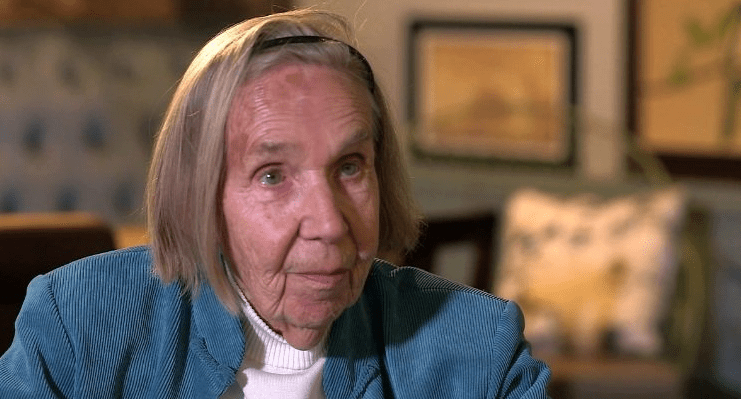Nobody can imagine a 21st-century world without WI-FI. Still, few people know that WI-FI frequencies were invented by Hedy Lamarr, an American and German actress and just a beautiful woman. Then it turned the world of computer technology upside down.
The history of Birmingham also has the name of a woman who influenced the world of “men’s toys”. Learn more at birmingham-future.
Innate intelligence
Mary Lee Woods was born in Hall Green, Birmingham, in 1924. Her parents were teachers. Perhaps, Mary acquired a strong love for science thanks to them. In particular, she was fond of mathematics. The girl found out such an interest while studying at Yardley Grammar School in Birmingham.
Besides Mary, there was another child in the family. Her brother served in the Royal Air Force and was killed in action during World War II. While her brother fought in the war, Mary continued her studies. From 1941 to 1944, she took a short course at the University of Birmingham. Before graduating, Woods began working at the Telecommunications Research Establishment in Malvern. After the end of the war, she returned to her studies. Thanks to her talent and intelligence, Mary won a scholarship to Mount Stromlo Observatory, so she had to move to Australia.
In 1951, Mary joined the Ferranti company where she was engaged in computer programming. The start of work at Ferranti became fateful for her.

Ferranti
Woods worked in a group led by John Bennett. The object of her work was the Ferranti Mark 1 and Ferranti Mark 1 Star computers. The work on those two models was full of unpleasant surprises. To create them, specialists used machine code, which had many programme errors and bugs. In addition, those models had two-level memory, which made them vulnerable to large data amounts.
Woods’ task was to write a diagnostic programme that would allow the output of diagnostic and troubleshooting data outside the computer, that is on paper media. It helped to analyse the programme without the programme. Woods’ development was called Stopandprint. It had to analyse the programme without affecting its work. However, due to the technical features of the computer, it wasn’t easy to do. Mary Woods was also involved in writing interpretation programmes.
Woods worked on software problems, but without an alliance with engineers, it was almost impossible to solve them. Hardware, as programmers call computers, often read written codes and programmes incorrectly. Therefore, the programmers thought it was their fault. This state of affairs only confused specialists and caused a conflict between the parties. Woods’ programme often became the centre of the conflict, as it was too complicated and long for that time.
Programming for the public good
In 1955, Woods gave birth to her first child and was forced to leave her job at Ferranti. However, she continued to work from home and took small programming projects. Most of them were aimed at the public good. Woods assisted the London Transport Executive. She developed a model of bus routes taking into account possible traffic jams. In addition, Woods developed a metrological programme for the BBC TV channel. From 1963, Mary worked for K and H, writing a programming manual. She retired in 1987.
Mary Woods managed to combine difficult work and family life. She was married to Conway Berners-Lee. Together, they worked at Ferranti. The couple had four children. Just as her parents instilled in her a love of learning, Mary instilled in her son a love of programming.

Her son Tim Berners-Lee is famous all over the world. He created the World Wide Web (the Internet). During her work, Woods used BASIC and Fortran programming languages. Mary Woods passed away in 2017.